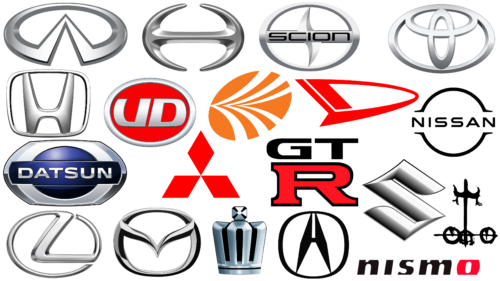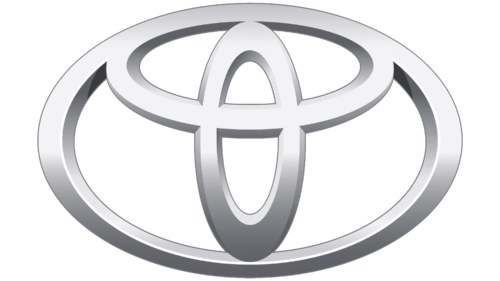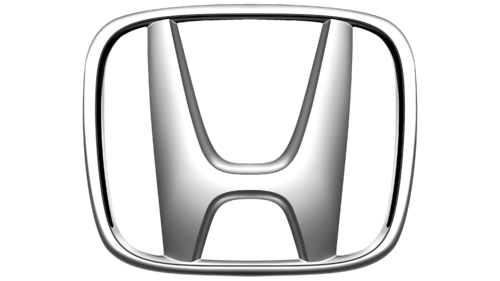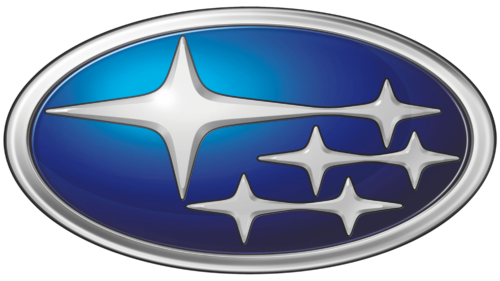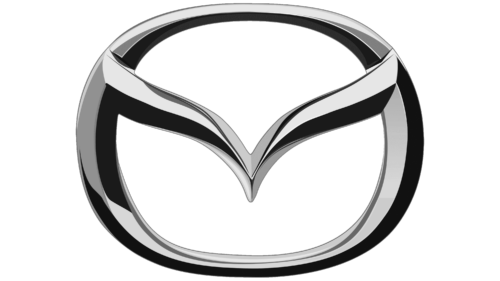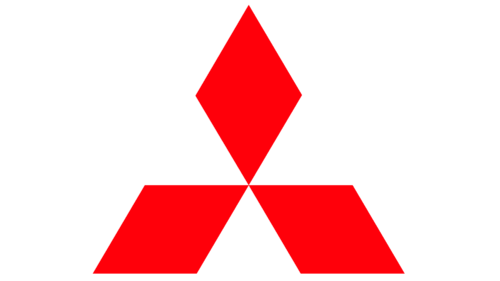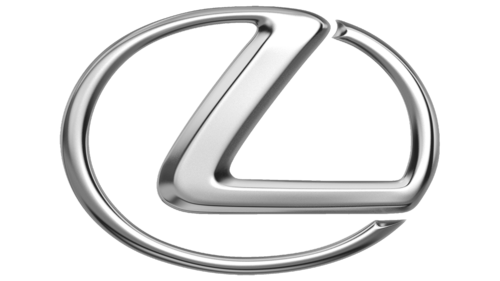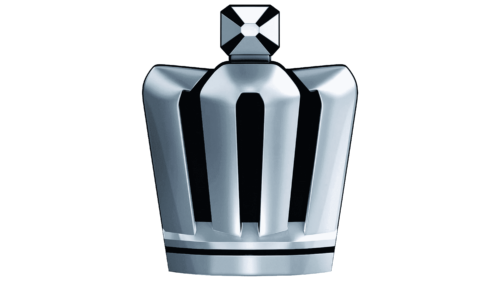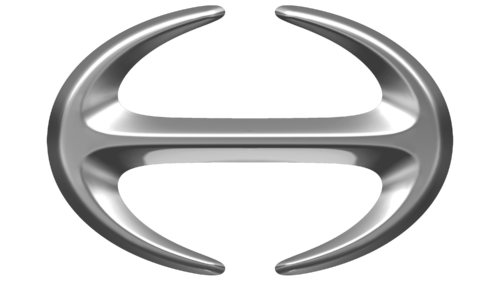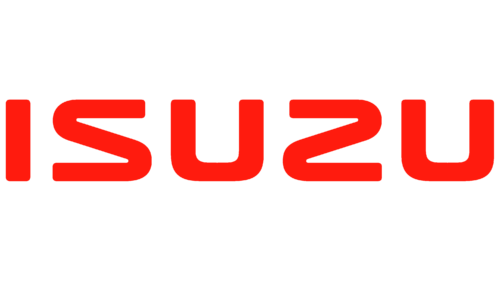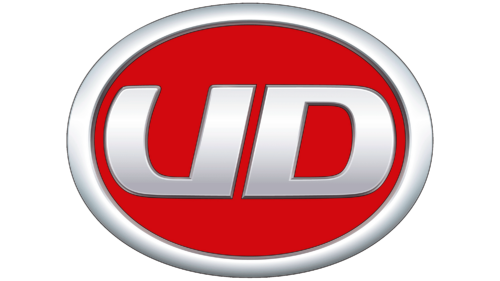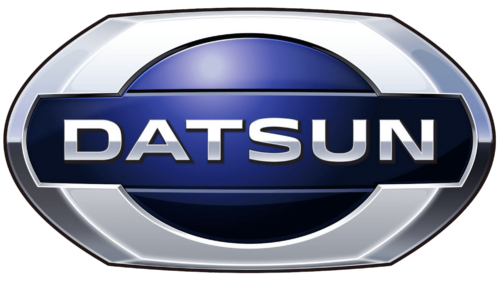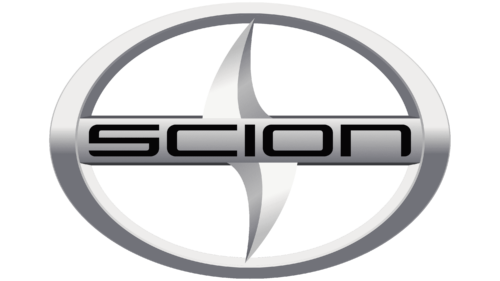Japan’s automobile industry is the backbone of the country’s entire industry. It supports a booming economy by manufacturing products for overseas delivery. The leading plants are scattered in the main cities: they are located in Ota, Yokohama, Yokosuka, Hamamatsu, Taeta, Shizuka, and Hiroshima. A special leap occurred in the 60s of the last century, called the “Japanese economic miracle.” Then, there was a sharp increase in the production of cars from Toyota, Suzuki, Mazda, Honda, Mitsubishi, Nissan, and others.
What are Japanese automobile brands?
Japanese automobile manufacturers are very many as they effectively support the economy of the country. The most famous mass-market brands are Toyota, Honda, Subaru, Nissan, Mazda, Mitsubishi, and Suzuki. The luxury segment is represented by Lexus, Acura, Infiniti, Toyota Crown, and Mitsuoka. Heavy machinery is produced by Hino, Isuzu, UD, and Datsun. There are also brands of sports cars: Nissan Nismo, Nissan GT-R, and others.
In the 1970s, Japanese entrepreneurs began to export cars to the United States, which led to a conflict. However, its solution led to the intensification of the automobile industry development in Japan. As a result, by the end of the 80s, almost 13 million cars were produced in the Land of the Rising Sun, half of which were shipped abroad. However, in the early 90s, the industry experienced a downturn, which ended in 2002. Now, there are assembly branches of Japanese companies in most countries in the Asian region.
Mass Market Brands
The Japanese car industry’s mass market is represented by very old brands that have won a wide consumer demand. Toyota, the most popular among Americans, heads the list. In 2019, it ranked second in global sales, followed by Honda, Nissan, and Subaru brands.
Toyota
The car company, which appeared in 1937, specializes in many transportation technologies and promotes hybrid models. Its founder is Kiichiro Toyoda, after whom it was named. Toyota Motor Corporation is headquartered in Toyota City, Aichi Prefecture. This automaker was also the first in the world to break the milestone of 10 million vehicles per year, and in 2012, it produced its 200 millionth vehicle.
Starting as a subsidiary of Toyota Industries, the Japanese auto giant has grown to an incredible size. It owns five brands under which it manufactures passenger cars: Ranz, Hino, Daihatsu, Lexus, and the eponymous Toyota.
Honda
Honda Motor Company was founded by Soichiro Honda and Takeo Fujisawa, who brought it to the Japanese automobile market in 1948. Starting its career with piston rings, the brand gradually expanded to produce a huge range of products, including cars and other transportation equipment. By 2019, Honda had become the sixth-largest automaker in the world. It was also the first company to introduce the Acura luxury series (in 1986). The company is headquartered in Minato City, Tokyo Prefecture.
Subaru
The division, founded by Kenji Kita in 1953, gradually became an independent unit that was very significant in the structure of Fuji Heavy Industries (now Subaru Corporation). In 2017, it became the 21st automobile manufacturer internationally.
Today, the brand focuses on those who want a good drivetrain, a branded engine, and an all-wheel drive for cross-country driving. The brand also specializes in inexpensive sports cars. The company’s name is symbolic: in Japan, it is the name of the Pleiades constellation, which includes seven beginnings, one of which is invisible. The fact is that the company merged with six other firms and formed a separate corporation.
Nissan
The full name of this automobile manufacturer is Nissan Motor Company. Since 1933, it has specialized in producing transport equipment and currently produces passenger cars of mass demand. Its founders are Masujiro Hashimoto and Yoshisuke Aikawa, and its headquarters are in Nishi-Ku, Yokohama Prefecture. The name is derived from the merger of two stems – Nihon Sangyo. This is the name the company used to have before, and its current name was given by the abbreviation assigned to it on the Tokyo Stock Exchange. Automakers produce passenger cars under three brands: Nissan, Infiniti, and Datsun.
Mazda
One of the oldest engineering companies in Japan was founded in 1920 and is located in Fuchu City, Aki County (Hiroshima Prefecture). It was founded on the initiative of entrepreneur Jujiro Matsuda, from whom it takes its name. Japanese philosophy also played a huge role in branding, as the image of the deity Ahura Mazda, representing wisdom, reason, and light, was used in the name.
At first, the company did not focus on cars – it switched to them later, in 1931. After reviving production and hiring skilled workers, the brand became recognized worldwide as it quickly began exporting passenger cars.
Mitsubishi
This brand also represents the mass-market car category. It came into existence in 1970 as a division of Mitsubishi Heavy Industries. Then, the company grew into a large enterprise and joined the Renault-Nissan-Mitsubishi alliance. It is owned by the German corporation Daimler AG and is headquartered in Minato City near Tokyo. In 2011, Mitsubishi was ranked sixth among Japanese automakers.
Suzuki
The career of the Suzuki company began in the early twentieth century. In 1909, it was called Suzuki Loom Works and produced weaving machines. Despite its success, the manufacturer retrained to keep up with the times. For this purpose, it chose the automobile industry.
In 1937, a new project was launched, which produced several innovative passenger cars. Today, this brand represents many transportation products, including SUVs, motorcycles, four-wheel drive, and road cars. In terms of sales, this Japanese company ranks third in the domestic market and tenth in the international market.
Luxury car brands
The Japanese luxury car segment is a special category of passenger vehicles. After all, manufacturers appreciate high-tech stuffing, which makes their cars unrivaled. They first care about human comfort, design, and what is under the hood. For them, electronics and increased functionality of the car come first; everything else comes second. This can be seen by looking at the list of luxury cars, which includes Lexus, Infiniti, Acura, Toyota Crown, and Mitsuoka.
Lexus
Entrepreneur Eiji Toyoda founded the brand in 1983 with headquarters in Nagoya, operating centers in Brussels (Belgium) and the U.S. Plano (Texas). Today, the brand’s cars are in demand in more than 70 countries worldwide. Lexus products are also highly valued domestically, being the most demanded in Japan. The manufacturer is among the top ten largest international companies by market value. The models produced include SUVs, convertibles, coupes, and sedans; 2005 a hybrid version appeared.
Acura
Along with Lexus and Infiniti, this is the youngest member of the luxury class. It appeared in 1986, and since then, it has supplied the best examples of the Japanese automobile industry to the USA and Canada. Its products are also in demand in Hong Kong, Mexico, China, and Russia. The model range includes both powerful and heavy cars, as well as luxury models.
The company introduced its first flagship car, Legend, in the late 1980s. Its success forced competitors to create something similar urgently. In the early 2000s, the brand introduced new models, including a unique SUV, MDX. It was presented in two versions—RSX and TSX, which replaced the coupe and sedan Integra.
Infiniti
This representative of luxury brands also appeared in the late 90s of the last century – in 1986. Bill Bruce founded it in Wan Chai, Hong Kong, and is called Infiniti Global Limited. The brand belongs to Nissan, which is a division of the company. In 2012, the manufacturer announced its intention to switch to the production of electric cars. As a result, in 2021, all of its cars will be all-electric or hybrid. Outside Japan, the company launched its first-ever luxury car, the QX60, formerly the JX35.
Toyota Crown
This is one of the oldest representatives of the luxury class, existing since 1955. The brand belongs to Toyota and represents a special category of passenger cars – E (executive car). It includes mainly mid-size sedans, capturing the Japanese market and markets of other Asian countries. The Toyota Store car is the most popular with buyers from other countries: it is in demand as a government motorcade.
Mitsuoka
This brand traces its history back to 1968 and is Japan’s official distributor of TD2000 retro roadsters. The automaker also works with production brands. It replaces its elements with its custom variants, so the brand is known for cars with unconventional designs that mimic the style of the original British cars of the 50s and 60s. The company also launched its Orochi sports car and is a major distributor of classic roadsters.
Truck Brands
Japan is a renowned manufacturer of heavy-duty vehicles, and as a small country, it requires a lot of effort to survive. Consequently, large trucks of various categories, which successfully replace human labor, are highly popular. Their capabilities are so huge that Japanese trucks are in demand worldwide. After all, they are hardy, durable, and high-tech among the most famous brands: Hino, Datsun, Isuzu, and UD.
Hino
The leading heavy—, medium—and light-duty machinery company was founded in 1942 in Hino-shi, near Tokyo. It is part of the Toyota Group and a subsidiary of Toyota Motor Corporation. Starting with the production of trucks, this company also produces buses, which it exports overseas. It is currently the second-largest supplier of heavy equipment in Japan.
Isuzu
This company was founded in 1916 and revived in 1934 under the name Isuzu. It manufactures medium-duty trucks, construction equipment, diesel engines, and buses. It also designs, assembles, and sells these products worldwide. Today, the automaker has assembly plants and production facilities in several prefectures in Japan.
UD
The full name of this brand is UD Trucks Corporation. Its head office is located in Ageo (Saitama Prefecture). The company was founded under the name Nissan Diesel. In 2010, it received its current name, “Ultimate Dependability.” The rebranding was done after the company came under the jurisdiction of Volvo Group, which wholly owns it.
Datsun
The year of appearance of this brand is 1931, and the location is Tokyo. The brand is owned by Nissan, which periodically canceled and renewed it. In 1958-1986, cars intended for export abroad were labeled. In 2013, the name Datsun was restored: this name was given to a series of inexpensive cars intended for delivery to markets in developing countries. The company mainly produces economy-class cars and small trucks.
Other Brands
In the Japanese automobile industry, there is a separate category of transportation equipment, which, for several reasons, is allocated to an independent group:
- It includes sports and high-speed cars.
- This segment includes high-performance vehicles.
- This category includes compact cars.
Such brands represent them as Nissan GT-R, Daihatsu, Nissan Nismo, etc.
Nissan Nismo
The company was formed in September 1984, with its headquarters in Gap. It originated from the merger of two motorsports divisions. It is named after the predecessor brand, Nissan Motorsport. The first word is taken from the first syllable, “Nis,” and from the second syllable, “Mo.” The sports cars compete in many international races, including Formula E, Blancpain GT Series, and Super GT.
Nissan GT-R
This is the name of the luxury car model hand-assembled by the manufacturer Nissan Motor Company. It is the successor to the Skyline GT-R series of passenger cars and was designed by Shiro Nakamura. The past high-speed sports car was called the Grand Tourer; the first character is taken to abbreviate the second name. The brand came into existence in 2007. The company is located in Kaminokawa (Tochigi).
Daihatsu
Daihatsu Motor Co., Ltd is a subsidiary of Toyota Motor Corporation, which acquired it in 2016. The brand, introduced in 1907, is located in Ikeda City, Osaka Prefecture. In the Japanese market, it produces small, ultra-compact, and subcompact cars known as “kei jidosha.” The company also has hybrid cars and 2-stroke diesel engines in its arsenal.
Autobacs
The brand was founded in 1947 by Toshio Sumino. It first appeared in Fukushima-ku, Osaka Prefecture, and was called Fuji Syokai Co., Ltd. Then, its network expanded to several branches. It is a specialty auto parts and accessories store that sponsors the Japanese Grand Prix and has many outlets in Asia and France.
Scion
The company was founded in 2003 and offers affordable, stylish, compact cars. Each car is sold in a single configuration at a base price. The head office of the firm was located in Torrance, California (USA). In 2016, the parent company, Toyota, absorbed the brand and ceased to exist. The remaining car models were discontinued or renamed Toyotas.
FAQ
What is the number one selling car brand in Japan?
Toyota is the best-selling car brand in Japan, with a market share of 45.5%. This is due to the brand’s reliable and economical cars. The Toyota Corolla and Toyota Camry are particularly popular for their performance, durability, and fuel efficiency, making them favorites among Japanese drivers. Toyota offers many vehicles, from compact cars and sedans to SUVs and hybrids.
Honda is the second most popular car brand in Japan, with a market share of 21.1%. Honda is known for its reliable and fuel-efficient cars. Models such as the Honda Civic and Honda Accord are praised for their design, technology, and performance. Honda produces practical and enjoyable cars that appeal to many Japanese consumers. The lineup includes compact cars, sedans, SUVs, and motorcycles.
Which is the best Japanese car brand?
Choosing the best Japanese car brand depends on factors such as reliability, customer satisfaction, and market efficiency:
- Toyota is known for its reliable and fuel-efficient cars. Models like the Toyota Corolla and Camry are renowned for their durability and fuel economy, making Toyota a top choice for many consumers.
- Honda is another strong Japanese car brand. Known for innovation and sporty performance, models like the Honda Civic and Honda Accord are popular for their design, technology, and driving experience.
- Subaru is praised for its all-wheel drive and safety features. These qualities appeal to those who need reliable and safe vehicles for various driving conditions.
- Nissan offers a wide range of vehicles that combine performance and affordability. The Nissan Leaf electric vehicle demonstrates the brand’s commitment to sustainable transportation.
- Lexus, Toyota’s luxury division, is renowned for its high-quality luxury cars, which compete with other premium brands worldwide.
- Mazda stands out for its stylish design and enjoyable driving dynamics. The brand’s focus on the driving experience has earned it a loyal following.
- Acura, Honda’s luxury division, and Infiniti, Nissan’s luxury brand, offer premium vehicles with advanced technology and performance.
- Mitsubishi and Suzuki offer practical and affordable vehicles that meet various consumer needs.
What models are Japanese cars?
Japanese automakers offer a wide range of models to suit different needs. Here are popular models from various brands:
Honda:
- Civic Hybrid
- Jazz
- CR-Z
Nissan:
- GT-R
- 350Z
- 240SX
Lexus:
- HS
- IS
- CT
Toyota:
- Prius
- FJ Cruiser
- Corolla
In Japan, some models have different names. For example, the Toyota Yaris is called the Toyota Vitz.
Subaru:
- Impreza
- Forester
- Outback
Mazda:
- Mazda3 (called Axela in Japan)
- MX-5 Miata
- CX-5
Mitsubishi:
- Lancer
- Outlander
- Pajero
Suzuki:
- Swift
- Jimny
- Vitara
Each brand offers models to suit different consumer preferences, whether for fuel efficiency, performance, luxury, or off-road capabilities.
What is the most popular Japanese car?
In 2021, the Toyota Yaris became the most popular Japanese car. Its success is due to its fuel efficiency, reliability, and affordability. Thanks to its compact size, the Yaris is ideal for city driving, making it easy to maneuver and park. The Yaris offers a variety of configurations, including hybrid variants. The hybrid version is particularly popular due to its superior fuel efficiency and lower emissions, meeting the growing demand for environmentally friendly vehicles.
In the mini car category, the Honda N-Box is very popular. The N-Box is a kei car, a small car that makes efficient use of space. Kei cars receive tax and insurance benefits, making them attractive to many Japanese drivers. Despite its small size, the N-Box has a spacious interior with ample head and legroom. It is ideal for city driving and short trips where ease of maneuvering and parking are important.
The Toyota Yaris and Honda N-Box showcase what Japanese consumers want in a car: practicality, efficiency, and modern features.
